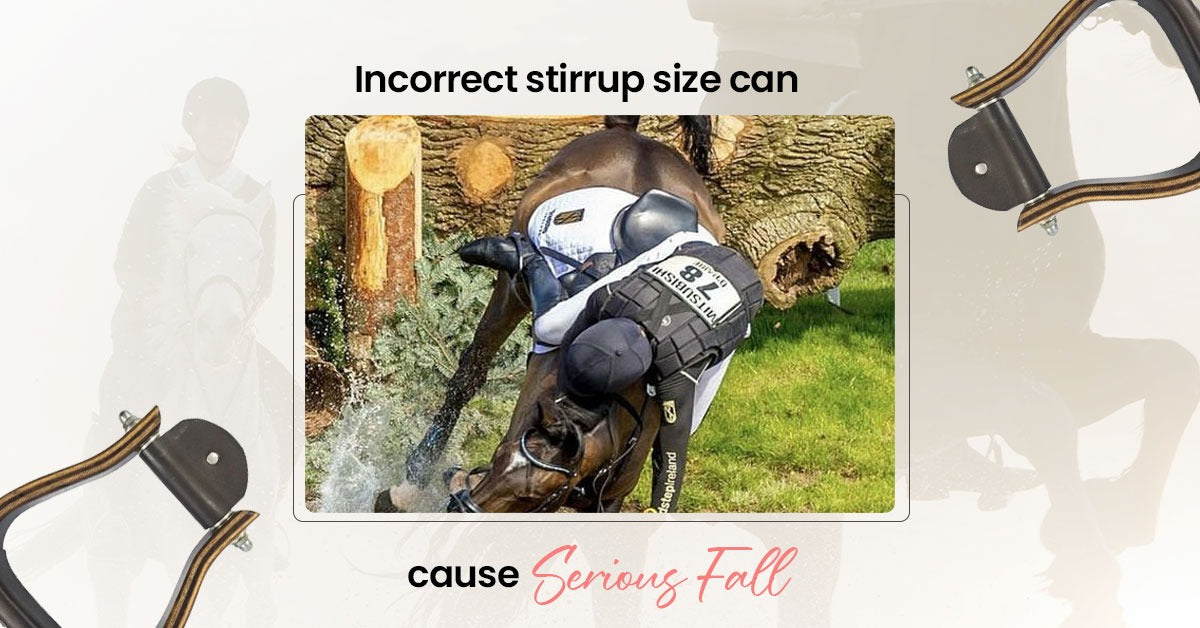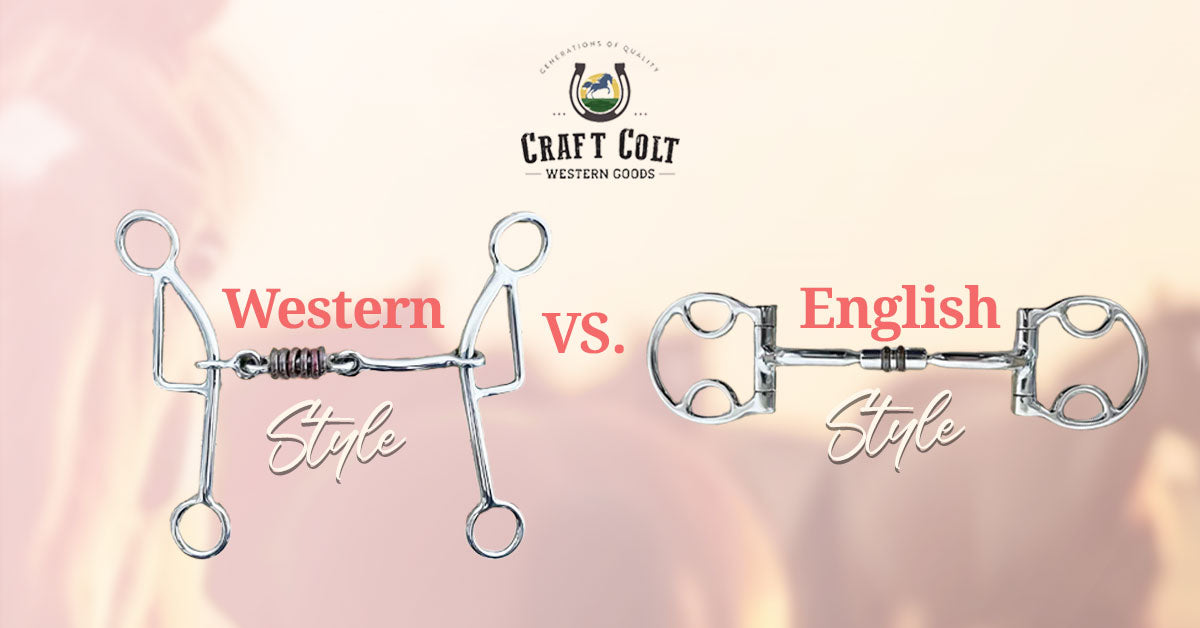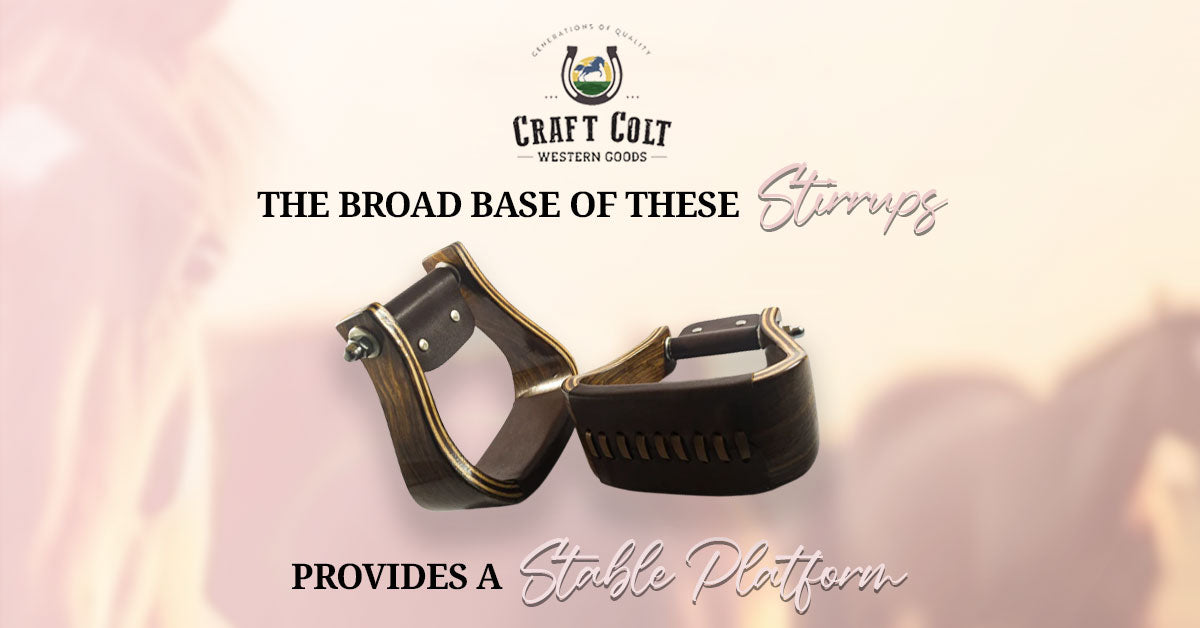
Finding Your Fit: How to Choose the Right Stirrup Size
Table of Contents
In the world of horseback riding, the importance of choosing the correct stirrup size cannot be overstated. Stirrups are pivotal in maintaining a rider's balance, ensuring effective communication with the horse, and ultimately guaranteeing safety. An incorrect stirrup size can lead to a host of problems, including loss of control, discomfort, and even potential injuries. This guide aims to provide riders with detailed insights into selecting the right stirrup size, ensuring a comfortable and safe riding experience.

Understanding Stirrup Sizing
The size of your stirrups directly impacts your leg position, balance, and your ability to effectively communicate cues to your horse. Incorrectly sized stirrups can cause muscle strain, decreased responsiveness from the horse, and discomfort during riding. For instance, stirrups that are too short can lead to a cramped riding position, while those too long can make it difficult to maintain a stable seat. Recognizing these issues is the first step towards finding your perfect fit.
Steps to Determine Your Ideal Stirrup Size
Measuring Your Foot
The foundation of choosing the right stirrup size lies in accurately measuring your foot. With your riding boots on, measure both the length and width of your foot. It's important to do this while wearing riding boots as they can significantly alter the dimensions of your foot compared to regular footwear. A stirrup should allow for about an inch of space on either side of the boot for optimal comfort and control.
Accounting for Riding Boots
Different riding boots have varying designs and thicknesses, which can affect how your foot fits within the stirrup. For example, dressage boots tend to have a thicker sole and require a stirrup with a slightly larger opening. Conversely, slim, lightweight boots used in show jumping may need a narrower stirrup for better grip and control.
Factoring in Saddle Type
The type of saddle you use also influences the choice of stirrup size. A dressage saddle, with its deep seat and straighter leg position, might necessitate a longer stirrup. On the other hand, a jumping saddle, designed for a more forward leg position, often pairs well with shorter stirrups to provide better balance over fences.
Understanding Stirrup Length
Stirrup length is crucial in determining your overall posture and effectiveness as a rider. A general rule of thumb for the correct length is that when the stirrups are hanging free, the bottom should align with your ankle bone. However, this can vary based on riding discipline and personal comfort.
Evaluating Stirrup Width
The width of the stirrup should comfortably accommodate the width of your boot, allowing for slight movement but not so loose that it compromises stability. A correctly sized stirrup helps in quick foot release in case of a fall, enhancing safety.
Testing and Adjusting in Practice
After making initial selections based on measurements, it's vital to test the stirrups in a real riding scenario. This trial will help you gauge comfort, control, and overall fit. Adjustments might be necessary after a few rides to find the perfect balance.
Seeking Feedback from the Horse
A horse's comfort and response can also guide the suitability of stirrup size. A well-fitted stirrup allows for more harmonious movements and clearer communication between horse and rider.
Types of Stirrups and Their Sizing
Different riding disciplines often require specific types of stirrups. For instance, safety stirrups with a quick-release mechanism are preferred for beginners and jumping disciplines. Dressage stirrups, on the other hand, tend to be heavier and assist in maintaining a steady leg position. Each type of stirrup comes with its unique sizing considerations, which should align with the rider's needs and riding discipline.
Adjusting Stirrups to Riding Style
Stirrups for Different Riding Disciplines
Selecting the right size of stirrups for specific disciplines is crucial. In disciplines like show jumping, shorter stirrups provide greater balance and control over fences. In contrast, disciplines such as dressage require longer stirrups to achieve a deeper seat and a more upright posture.
Personal Comfort and Safety
The choice of stirrups should strike a balance between personal comfort and safety. A stirrup that feels natural and secure underfoot can significantly enhance the riding experience and effectiveness.
When to Replace or Adjust Your Stirrups
Regular checks of your stirrups for wear and tear are essential. Signs like bending, cracks, or severe scratches indicate that it’s time to replace your stirrups. Additionally, as your riding style and skills evolve, your stirrup size and type may need to be adjusted accordingly.
Consulting with Equestrian Professionals
When in doubt, consulting with equestrian professionals can provide valuable insights. Their experience can guide you in making an informed choice that suits your individual riding needs.
Conclusion
Selecting the right stirrup size is a critical aspect of horseback riding that influences safety, comfort, and performance. By carefully measuring your foot, considering your riding boots, saddle type, and the specific needs of your riding discipline, you can find stirrups that perfectly fit your requirements. Remember, the right stirrups not only enhance your riding experience but also ensure a safer and more enjoyable journey with your horse. You can size plenty of stirrup sizes for stirrup of your preference here.



